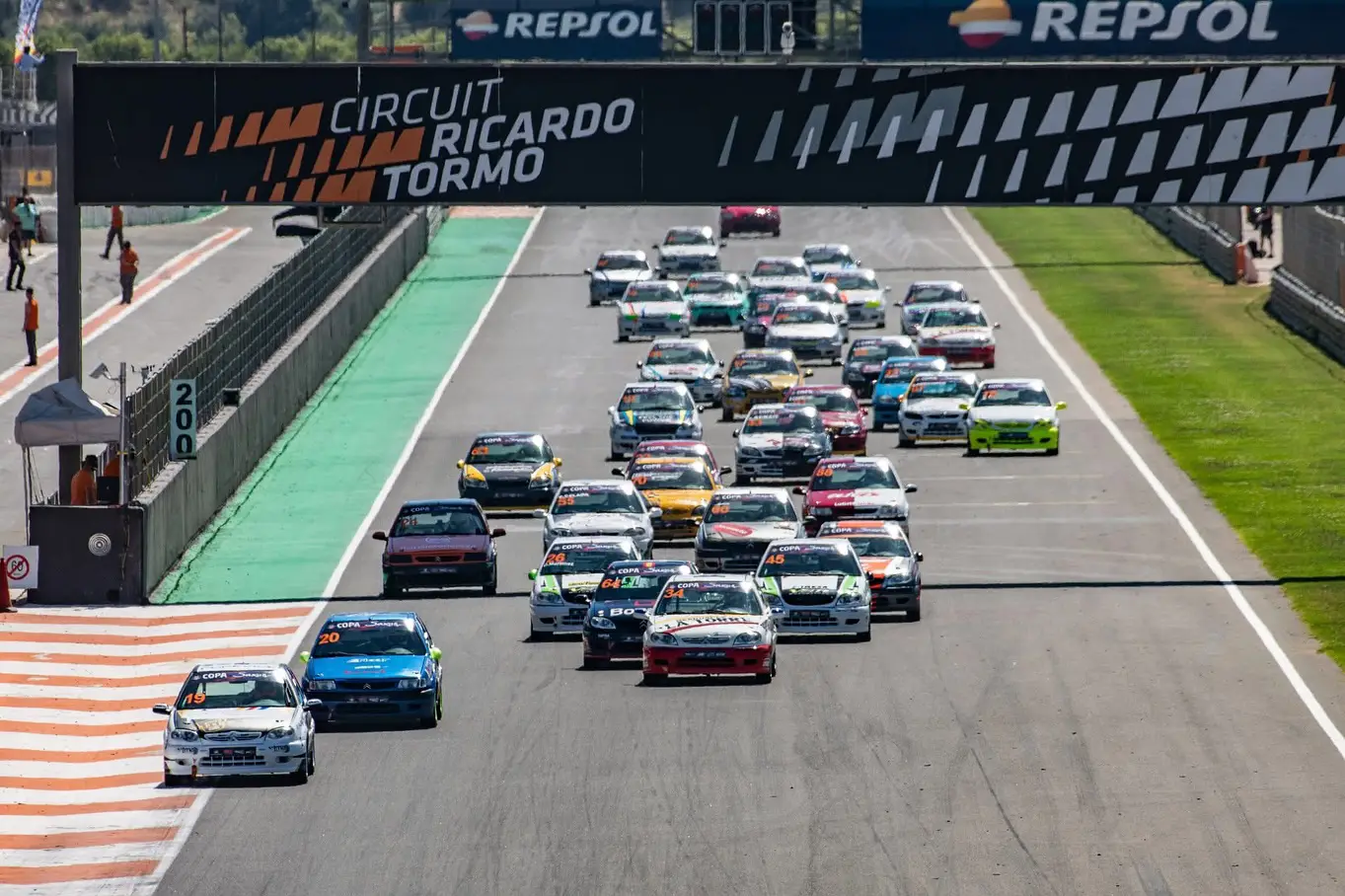After the long forced stop due to the public health regulations imposed by the pandemic, Italy’s conference and events industry is picking up.
According to the Italian Survey of Conferences and Events, promoted by Federcongressi&eventi and conducted by the Graduate School of Economics and International Relations of Università Cattolica del Sacro Cuore, the recovery of the conference and events industry is started.
In 2021, a total of 86,438 events were held in Italy, in person or in hybrid format (participants in part attending in person and in part connected remotely), an increase of 23.7% compared with 2020. Delegates attending in person totalled 4,585,433 (+14.7% versus 2020), with an overall attendance figure of 6,798,425 (+16.3% versus 2020).
The indicators for conferences and events held in Italy in 2021 are therefore positive; we should also remember that owing to regulations in force during the year, it was only possible to hold in-person events from 1 July and with reduced capacity until 2 December.
The recovery of the meetings industry
The Italian Survey of Conferences and Events, the research promoted by Federcongressi&eventi and conducted by the Graduate School of Economics and International Relations of Università Cattolica del Sacro Cuore – ASERIconfirms the recovery of the MICE industry.
The sector study, which has been monitoring the industry’s performance annually since 2014, was presented today in Rome, at the headquarters of ENIT, Italy’s national tourism board.
Confirming the role of in-person events
Before the sudden halt caused by the pandemic in 2020, the Italian conference and events market recorded an average annual increase in the number of conferences and events of 4.1%. Today, the conditions are in place to resume the trend: demand for events and conferences among companies and associations picked up significantly as soon as the government allowed events to resume.
“All companies in the supply chain are now responding to a demand that is even higher than expected”, commented Federcongressi&eventi President Gabriella Gentile.
“The market needs events, and wants to them to be held in person. The virtual world provided an important resource during the pandemic and will continue to be a possible option in the future, but the value of in-person meetings has undoubtedly been strengthened by the stop imposed by COVID. The economic, cultural and social role of events and conferences is also being increasingly recognised by institutions, with which we are in discussions to make our contribution to the sector’s growth”.
The key role of conferences was also highlighted in the welcome written by Tourism Minister Massimo Garavaglia: “The data presented today are important, particularly at a time when we are writing the 2023-2027 Strategic Plan for Tourism,and your association plays an important role in planning and designing the future together. We did this during the pandemic, we’ve done it since I took office, and this commitment continues to equip the Italian tourism industry with all the tools it needs to plan future strategies”.
The geography of events
Most conferences and events, 65.2%, were held in the North, 21.8% in central regions, 9.4% in the South and 3.6% on the Islands.
In terms of venues, conference hotels were the most popular, hosting 72.8% of total events. Conference centres and trade fair conference venues hosted 4.4% of events, while non-hotel historic residences (abbeys, castles, old inns and farmhouses, historic buildings, villas, etc.) 3.6%.
In addition, 67% of venues resumed business with an increase in revenues compared to 2020, and almost half of these, 48.9%, reported an increase of at least 50%.
The effects of the pandemic
The regulations in force in 2021, particularly those relating to social distancing, showed us a different way of using venues, and larger ones were favoured. Venues with a total capacity of more than 2,500 registered an increase of 73.2% in events hosted.
The rules governing travel between countries and regions meant that most events had a local dimension, i.e. with participants predominantly from the same region as the host venue. In 2021, for 71.8% of venues, at least half of the events hosted were local in scope.
National events (with participants coming mainly from outside the region) accounted for at least half of the total for 42.4% of the venues, while international events (with a significant percentage of participants coming from abroad) were hosted by 38.3% of venues; of these, for 84.8%, they accounted for less than a quarter of total events.
The shrinking of the international market also affected the type of events hosted in Italy in 2021. Association conferences accounted for less than 25% of the events hosted for 44.5% of the responding venues. Conversely, corporate events accounted for more than half for 63% of the responding venues.
To cope with the restrictions imposed by the pandemic, the majority (67.6%) of conference and event facilities that hosted at least one event put on hybrid events. Although the diversity of facilities makes estimating the total number of hybrid events difficult, it is believed that around 17,900 hybrid events were hosted, i.e. 20.7% of the total.
Outlook
The recovery phase we are experiencing was also confirmed by the sentiment expressed by venues when the data were collected: in the first few months of 2022, almost 40%expected events hosted in-person to return to pre-COVID levels in 2022, and 37.2%thought this would happen in 2023.
As Scientific Head of the Survey Roberto Nelli, lecturer in economics and corporate communication techniques at the Università Cattolica, points out: “Given the growth opportunities evident on the market, Italian venues seem ready to respond by implementing strategies focused on digital transformation and the revamping of their facilities in terms of sustainability, with the aim of offering flexible, high-quality experiences, expertly combining the physical environment, virtual reality and culture”.













